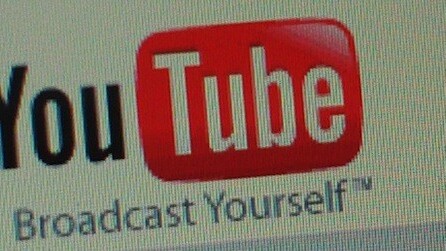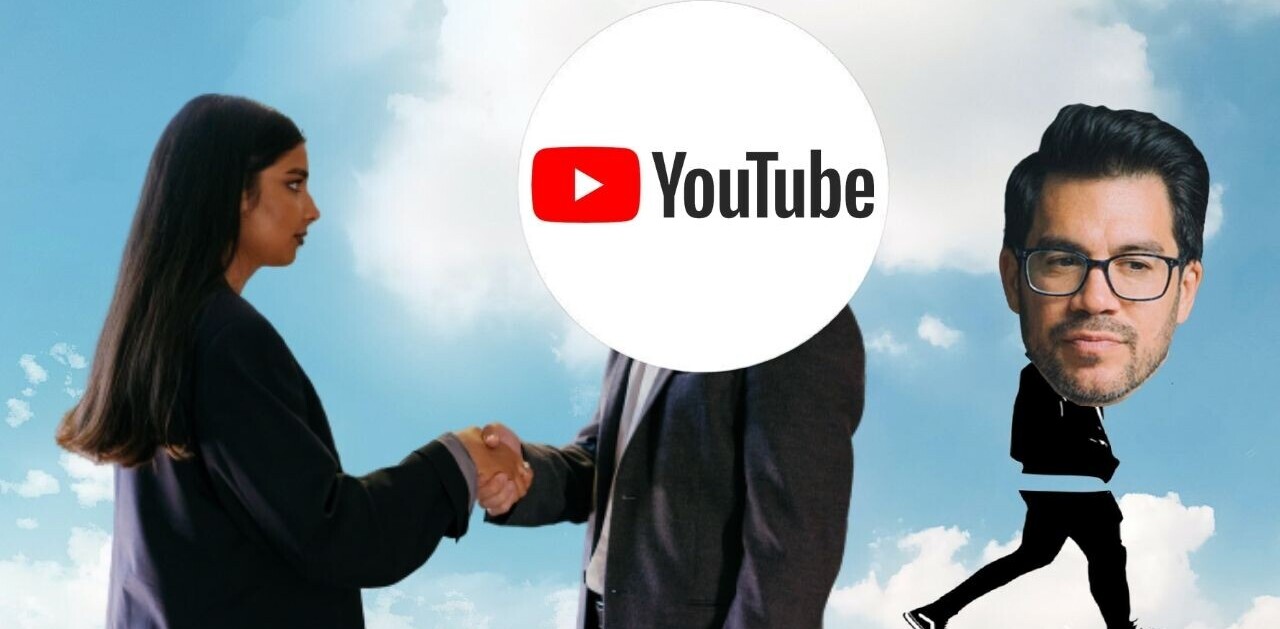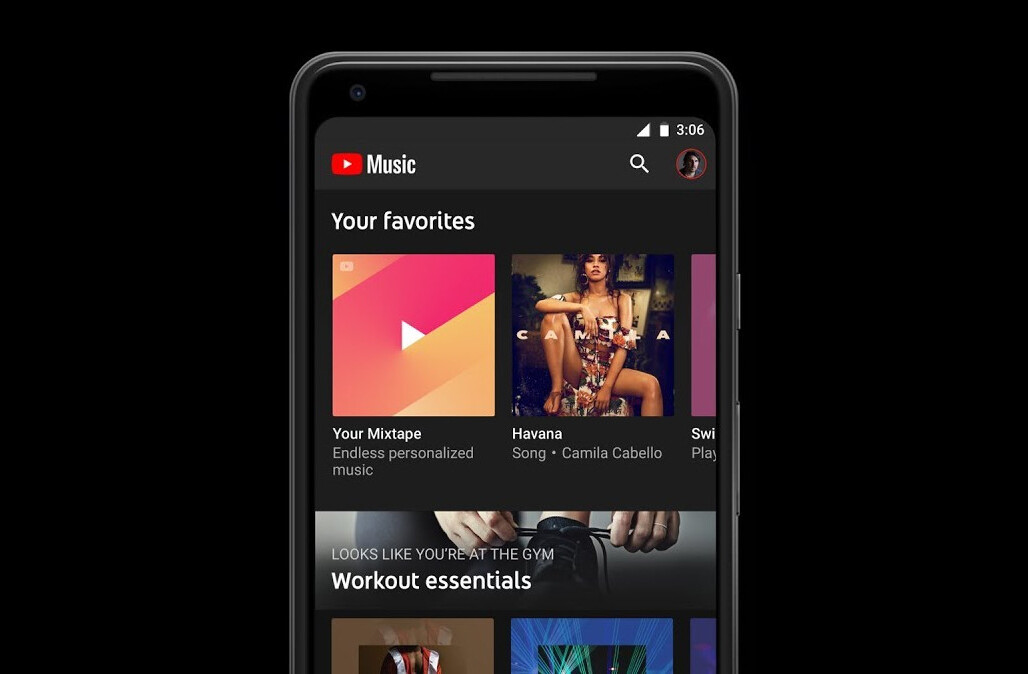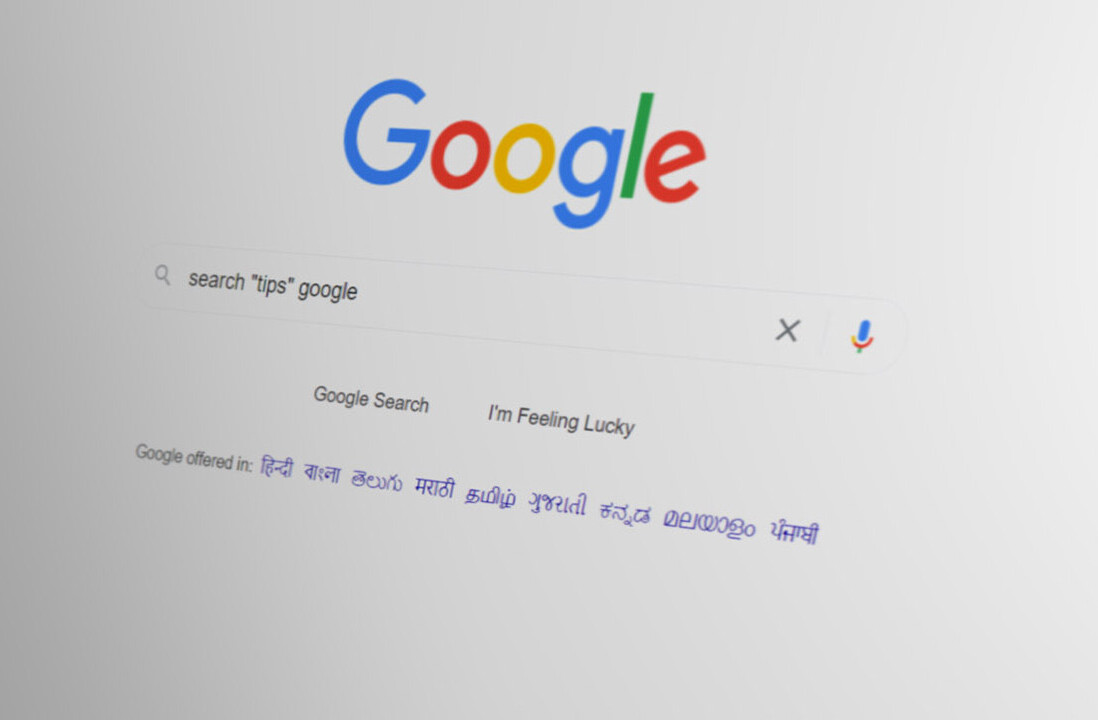
YouTube is rolling out a new advertising model looking for new ways to monetize the vast amounts of content hosted on the video sharing site, AdWeek reports.
Google is offering channel sponsorships – consisting of display, overlay and pre-roll ads – giving advertisers looking for targeted marketing 96 original content channels in various categories to reach their preferred viewership.
Last June, Google revealed that 30% of YouTube’s viewers actually do watch the pre-roll ads, but more importantly than that, a study showed that the viewers who do choose to watch the ads are 75% more engaged on average than users who are subjected to standard ads. With these kinds of figures, it’s not surprising to find that YouTube’s asking price is more in-line with TV advertising prices.
According to AdWeek, the new model could bring in anywhere beween $4 to $6 million per year, per sponsorship of a single channel. Its pre-roll rate comes in higher than the industry average, at $20 CPM.
AdAge revealed pricing for entire packages, saying that YouTube is asking as much as $62 million for a one-year exclusive package in the music and pop culture categories. A package of sports channels would set advertisers back $40 million, and an automative package costs $16 million. A package consisting of ‘Moms’ channels costs $10 million.
YouTube is also offering smaller packages in categories including celebrity news, music and film, and geeks and gadgets, which will cost between $10 and $20 million per sponsor, while according to AdAge a single channel sponsorship would cost between $2 and $4 million per year.
YouTube has already signed on some heavy hitters including Unilever, which will be sponsoring the Young Hollywood Network channel for $10 million.
Toyota has signed on to sponsor channels in the ‘Moms’ category, including Cafe Mom, Kin Community and Mom’s View, also for $10 million, while GM’s lower $5 million gets it a package of channels in the Automotive category, along with Red Bull’s action sports channel. Chrysler, AT&T and Lowes are also said to be getting in on the action.
YouTube is offering a shared-revenue model, meaning that after it recoups its initial production investment in channels, profits from sales are split down the middle with channel creators.
YouTube has been in talks with ad agencies since November to get the ball rolling on its new sponsorship model, but advertisers will be paying for a lot more than just targeted ads on YouTube channels. The $62 million price tag for exclusivity is also said to come with the condition that an investment is made across the rest of YouTube – meaning that 20% of the ads appear in the new channels, while the rest run across YouTube.
Get the TNW newsletter
Get the most important tech news in your inbox each week.





